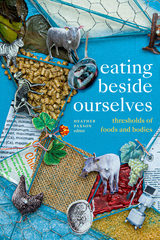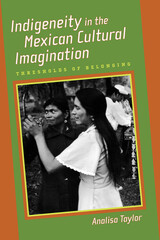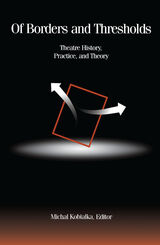
Contributors. Alex Blanchette, Deborah Heath, Hannah Landecker, Marianne Elisabeth Lien, Amy Moran-Thomas, Heather Paxson, Harris Solomon, Emily Yates-Doerr, Wim Van Daele


The book focuses on representations of indigenous peoples in post-revolutionary literary and intellectual history by examining key cultural texts. Using these analyses as a foundation, Analisa Taylor links her critique to national Indian policy, rights, and recent social movements in Southern Mexico. In addition, she moves beyond her analysis of indigenous peoples in general to take a gendered look at indigenous women ranging from the villainized Malinche to the highly romanticized and sexualized Zapotec women of the Isthmus of Tehuantepec.
The contradictory treatment of the Indian in Mexico’s cultural imagination is not unique to that country alone. Rather, the situation there is representative of a phenomenon seen throughout the world. Though this book addresses indigeneity in Mexico specifically, it has far-reaching implications for the study of indigenaety across Latin America and beyond. Much like the late Edward Said’s Orientalism, this book provides a glimpse at the very real effects of literary and intellectual discourse on those living in the margins of society.
This book’s interdisciplinary approach makes it an essential foundation for research in the fields of anthropology, history, literary critique, sociology, and cultural studies. While the book is ideal for a scholarly audience, the accessible writing and scope of the analysis make it of interest to lay audiences as well. It is a must-read for anyone seeking a deeper understanding of the politics of indigeneity in Mexico and beyond.


From the veils of the first-century Jewish temple, to the Orthodox iconostasis, to the tramezzi of Renaissance Italy, screens of various shapes, sizes, and materials have been used to separate spaces and order communities in religious buildings. Drawn from papers presented at a recent Dumbarton Oaks Byzantine Studies symposium, the contributors to this volume use a variety of perspectives to approach the history of religious screens and examine the thresholds that they mark. Focusing on the Middle Ages and Renaissance in the East and West, the volume includes discussions of screens in Egypt, Byzantium, the Gothic West and Italy. Some authors argue that screens, and particularly the one marking the threshold between the sanctuary/choir and nave, were conduits rather than barriers. Other authors emphasize the critical role of screens in dividing the laity and clergy, men and women, the pure and impure.
This volume provides new research on the history of religious screen and important insights into the many ways in which the sacred and profane are separated within ecclesiastical contexts.
READERS
Browse our collection.
PUBLISHERS
See BiblioVault's publisher services.
STUDENT SERVICES
Files for college accessibility offices.
UChicago Accessibility Resources
home | accessibility | search | about | contact us
BiblioVault ® 2001 - 2024
The University of Chicago Press









